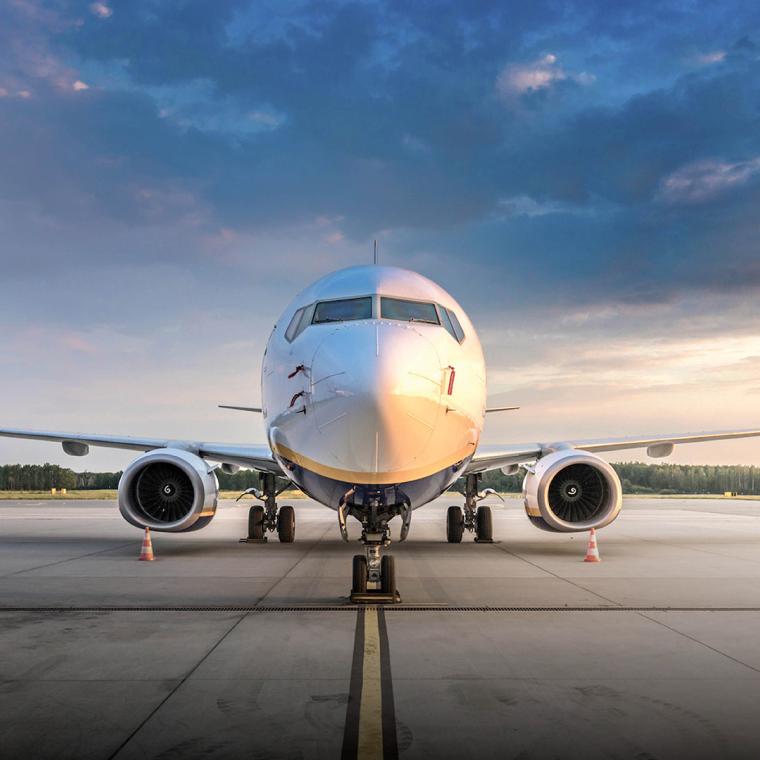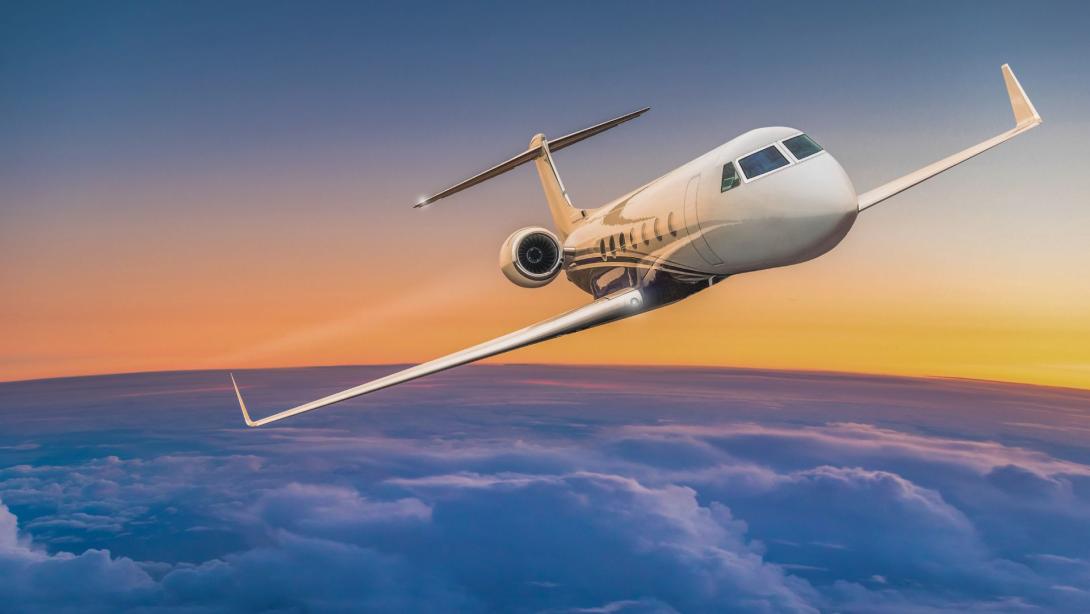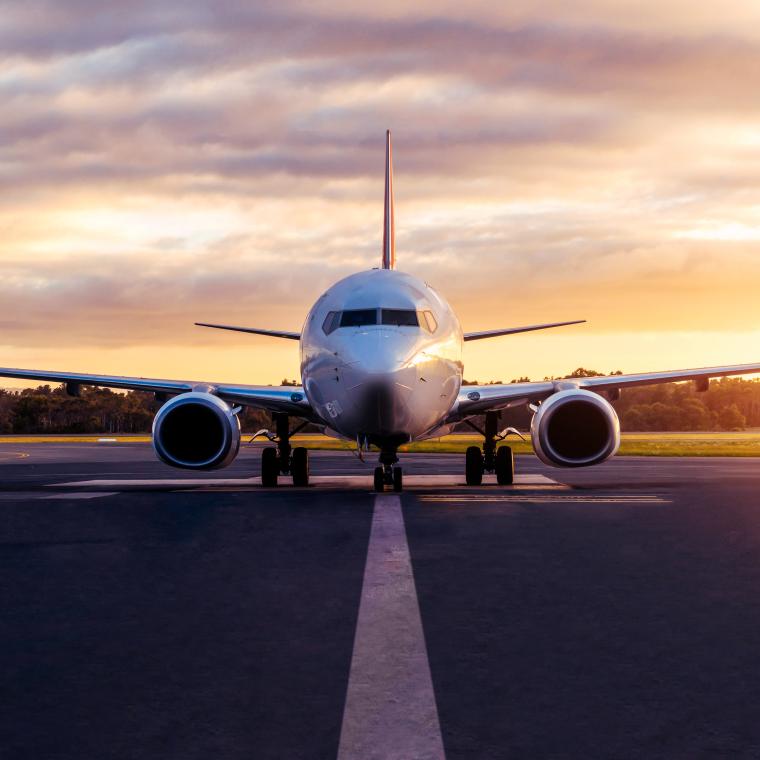
The aviation industry is crucial for global economic development, enhancing connectivity for goods, people, capital, and technology. Despite its importance, the sector faced significant challenges, from the recovery from the COVID-19 pandemic to supply chain challenges and staffing issues.
As we enter the new year, Kevin Butler reflects on the conversations he held with industry participants last year.
The COVID-19 pandemic provided the aviation industry with a much-needed reset. Since the end of the pandemic, the industry has performed exceptionally well. Defaults have been limited to a few industry participants, remaining within historical averages. There has been an increase in portfolio sales, following a period of below-average transaction activity due to COVID-19.
Interest Rates
The aviation industry, like the rest of the world, experienced rapid increases in interest rates. We are now entering a period of stable or declining rates, which is expected to bolster growth.
New investors
Lessors and managers with a fund structure operating model, as opposed to a balance sheet model, have transformed the investment profile of who can invest in this asset class. By operating a fund structure, investors can diversify their investment mandates into smaller, risk-adjusted sizes, allowing more unique investors to access this asset class.
Sustainability targets
Sustainability targets have arguably slipped down the priority list due to COVID-19, as survival became the number one priority. It will be interesting to see how long it takes for sustainability to climb back up the agenda.
Aircraft load factors
Load factors for all regions continue to recover and improve year on year. The global average load factor was 86.2% in August 2024, up by 1.6% from August 2023. This improvement is combined with an overall increase in capacity.
Supply chain issues
There is a well-documented global supply shortage of aircraft. This shortage has several knock-on effects, including increased costs, extended aircraft life and higher lease rates to airlines.
Costs
Costs have been increasing over the last few years due to several factors such as:
- Labour: There is a significant increase in labour costs across all levels, from pilots to Boeing workers, due to staff shortages.
- Older aircraft: Older, less efficient aircraft have seen their lives extended due to shortages of new aircraft being manufactured.
- Currency fluctuations: The cost of oil, priced in USD, has increased substantially. Airlines without a USD revenue base face a higher currency hedging cost.
Geopolitical risks
The global economy has entered a period of increased geopolitical uncertainty. However, the aviation industry has a history of navigating through various challenges, and it is expected to manage this period as well.
How can Ocorian help your business?
We understand the challenges facing the aviation sector and whilst pleased the outlook looks positive, know what it takes to secure future investment considerations. We're here to support you and your funding structures. Contact Kevin Butler and our aviation finance team for more details.

